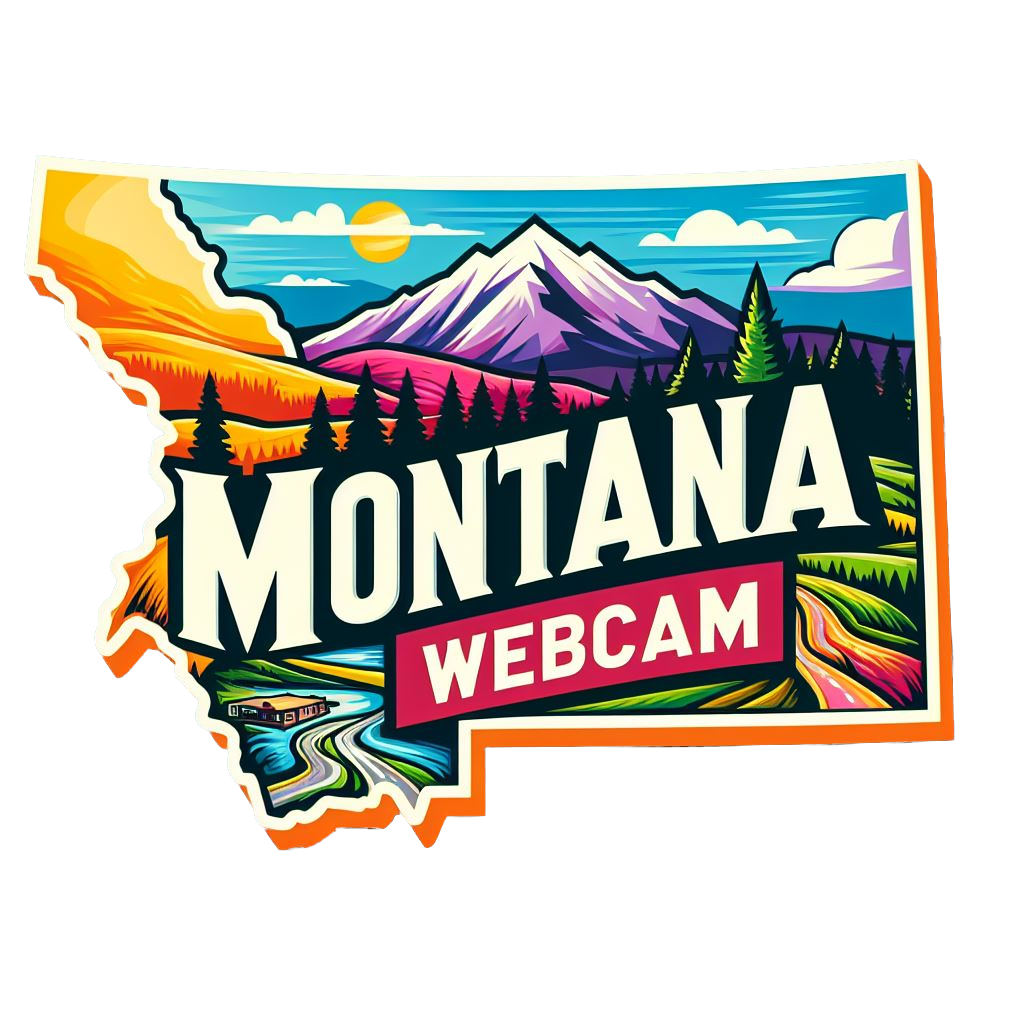Little Belts (Neihart), MT Weather Cams
South Neihart Cam
Community Center Cam
Barnwood Cabin Cam
The Branding Iron Cam
Porphyry Peak Cam
Top Rock Cam
Little Belts, Montana: Exploring the Heart of the Rockies
Little Belts (Neihart), MT Weather Cams. Nestled in the rugged terrain of central Montana, the Little Belt Mountains, often referred to simply as the Little Belts, stand as a testament to the wild beauty and untamed spirit of the American West. With their towering peaks, lush forests, and pristine alpine lakes, the Little Belts have long been a destination for outdoor enthusiasts, adventurers, and seekers of solitude. The history of this region is as rich and diverse as its landscapes, shaped by indigenous cultures, pioneering settlers, and the forces of nature.
Indigenous Legacy
Before the arrival of European settlers, the Little Belts were inhabited by indigenous peoples, including the Blackfeet, Crow, and Sioux tribes. These tribes lived nomadic lifestyles, following the migratory patterns of the buffalo herds and relying on the land for food, shelter, and spiritual sustenance.
For the indigenous peoples, the Little Belts held great significance as a sacred landscape, rich in resources and imbued with spiritual power. The mountains provided game for hunting, plants for medicine, and materials for shelter and tools. They were also a place of ceremony and connection to the natural world, where tribes came together to celebrate, trade, and honor their traditions.
Exploration and Settlement
The first recorded European exploration of the Little Belts occurred in the early 19th century, as fur trappers and traders ventured into the region in search of valuable pelts. These early explorers marveled at the rugged beauty and untamed wilderness of the mountains, but it wasn’t until the mid-19th century that permanent settlement began to take hold.
The discovery of gold in the streams and gulches of the Little Belts in the 1860s sparked a gold rush that brought thousands of prospectors, miners, and settlers to the region. Towns such as Neihart and Monarch sprung up to support the mining industry, while ranching and logging became important economic activities in the surrounding valleys.
Mining Boom
The late 19th and early 20th centuries saw a boom in mining activity in the Little Belts, as prospectors flocked to the region in search of gold, silver, copper, and other precious metals. The town of Neihart, located at the base of the mountains, became known as the “Silver City of the Little Belts” due to its rich deposits of silver ore.
Mining camps and boomtowns dotted the landscape of the Little Belts, attracting fortune seekers from far and wide. However, the boom was short-lived, and by the early 20th century, many of the mines had closed due to declining ore grades and economic downturns.
Ranching and Logging
With the decline of the mining industry, ranching and logging emerged as dominant economic activities in the Little Belts. The mountains provided ample grazing land for cattle and sheep, while the forests yielded timber for lumber, pulp, and other wood products.
Ranching and logging operations became major employers in the region, supporting local economies and communities. Families settled in the valleys and foothills of the Little Belts, establishing homesteads and ranches that have been passed down through generations.
Outdoor Recreation
In the 20th century, the Little Belts began to attract outdoor enthusiasts seeking to explore its rugged terrain and abundant natural beauty. The mountains offer a wide range of recreational opportunities, including hiking, camping, fishing, hunting, and wildlife viewing.
The Little Belts National Forest, established in 1906, encompasses over 400,000 acres of pristine wilderness, with miles of trails, campgrounds, and picnic areas for visitors to enjoy. The Crystal Lake Recreation Area, located in the heart of the Little Belts, is a popular destination for fishing, boating, and swimming in the summer months.
Conservation Efforts
As visitation to the Little Belts increased, concerns arose about the impact of human activities on the region’s fragile ecosystems. Efforts to preserve and protect the mountains and their surrounding landscapes became a top priority for conservationists, environmentalists, and local residents.
In 1987, the Little Belts Wilderness Area was designated by Congress, protecting over 110,000 acres of pristine wilderness in the heart of the mountains. The designation helped to ensure the long-term preservation of the region’s natural beauty and ecological integrity for future generations to enjoy.
Community Spirit
Throughout its history, the Little Belts have been home to a close-knit community of residents who share a deep love and appreciation for the land. Despite the challenges of living in a remote and rugged environment, the people of the Little Belts have always come together in times of need, supporting one another through economic downturns, natural disasters, and other challenges.
Today, the communities of the Little Belts continue to thrive, with residents who are proud stewards of the land and its resources. The mountains remain a source of inspiration, adventure, and solace for those who call this rugged landscape home.
Looking to the Future
As the Little Belts look to the future, they remain committed to preserving their heritage, protecting their natural resources, and promoting sustainable development. Efforts to balance conservation with recreation, economic growth, and community needs will be essential to ensuring that the mountains remain a vibrant and vital part of Montana’s landscape for generations to come.
With their rugged beauty, rich history, and boundless opportunities for outdoor adventure, the Little Belts are truly a hidden gem in the heart of the Rockies. Whether you’re exploring their trails, fishing their streams, or simply marveling at their majestic peaks, the mountains offer something for everyone to discover and cherish.
For more information, visit the official Little Belts, MT website.
